If you’ve ever wanted to grow your own sweet, juicy citrus at home but don’t have space for a full garden orchard — growing clementines in a patio pot is the perfect solution. These small, easy-to-peel, seedless oranges are not only delicious but also surprisingly well-suited for container growing. With a little care and the right setup, you can enjoy a healthy, compact clementine tree on your patio, balcony, or sunny porch.
In this comprehensive guide, we’ll walk you through everything you need to know about growing clementines in a pot — from choosing the right variety to watering, fertilizing, pruning, and harvesting your very own citrus crop.
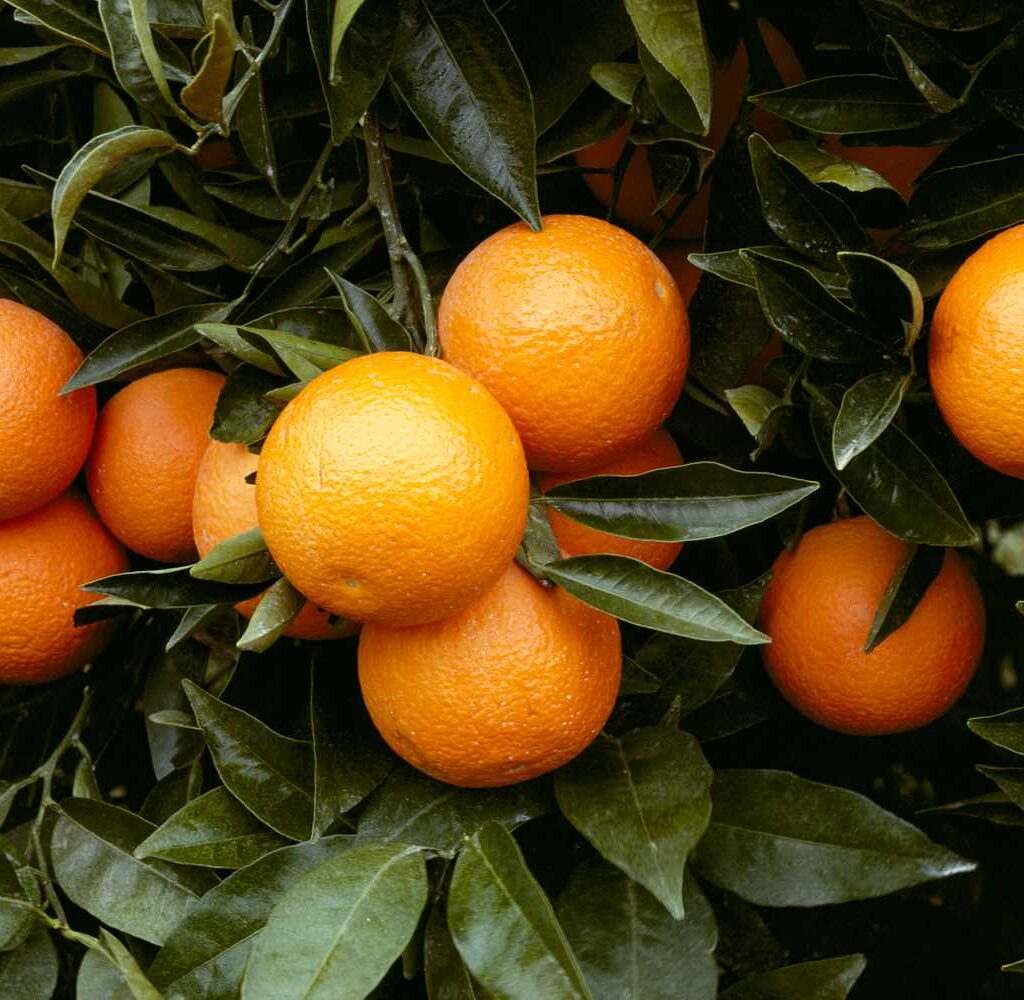
Why Grow Clementines in a Patio Pot?
Clementines (Citrus × clementina) are prized for their:
- Sweet, tangy flavor
- Easy-to-peel skin
- Compact, bushy growth habit
- Fragrant, white blossoms
- Ornamental beauty and year-round greenery
Unlike many other citrus trees, clementines adapt well to container growing. They naturally stay small and can be pruned to fit limited spaces without sacrificing fruit production. Best of all, growing them in pots makes it easy to move them indoors if temperatures dip too low.
Best Clementine Varieties for Containers
When growing in patio pots, choosing a dwarf or semi-dwarf variety ensures a manageable size and robust fruit yield.
Top container-friendly varieties:
🌿 ‘Algerian’ (Common Clementine):
- Most popular variety worldwide
- Sweet, juicy, seedless fruits
- Vigorous but can be pruned to remain compact
🌿 ‘Nules Clementine’:
- A highly productive, seedless type
- Rich, sweet flavor
- Matures earlier than other varieties
🌿 ‘Clemenules’:
- Mild, low-acid, easy-to-peel fruit
- Excellent for fresh eating
- Consistently high-yielding in containers
Look for grafted dwarf or semi-dwarf trees from reputable nurseries or garden centers for the best results in pots.

Choosing the Right Pot for Clementines
Clementine trees require ample space for root development while maintaining good drainage.
Pot selection tips:
- Size: Start with a 10- to 15-gallon pot (18-24 inches in diameter) for young trees. Mature trees will eventually need a 20- to 25-gallon container.
- Material: Terracotta, resin, or heavy-duty plastic pots work well. Ensure they’re durable and weather-resistant.
- Drainage: Make sure the pot has multiple drainage holes to prevent root rot.
- Saucers: Use a saucer to catch excess water, especially if placing the pot on a patio or balcony.
Ideal Soil for Clementines in Containers
Citrus trees thrive in well-draining, sandy loam soil. For container growing:
- Use a high-quality potting mix specifically designed for citrus or fruit trees, or make your own mix:
- 2 parts potting soil
- 1 part perlite or coarse sand
- 1 part organic compost
Avoid heavy garden soil, which can compact and suffocate roots in a pot.
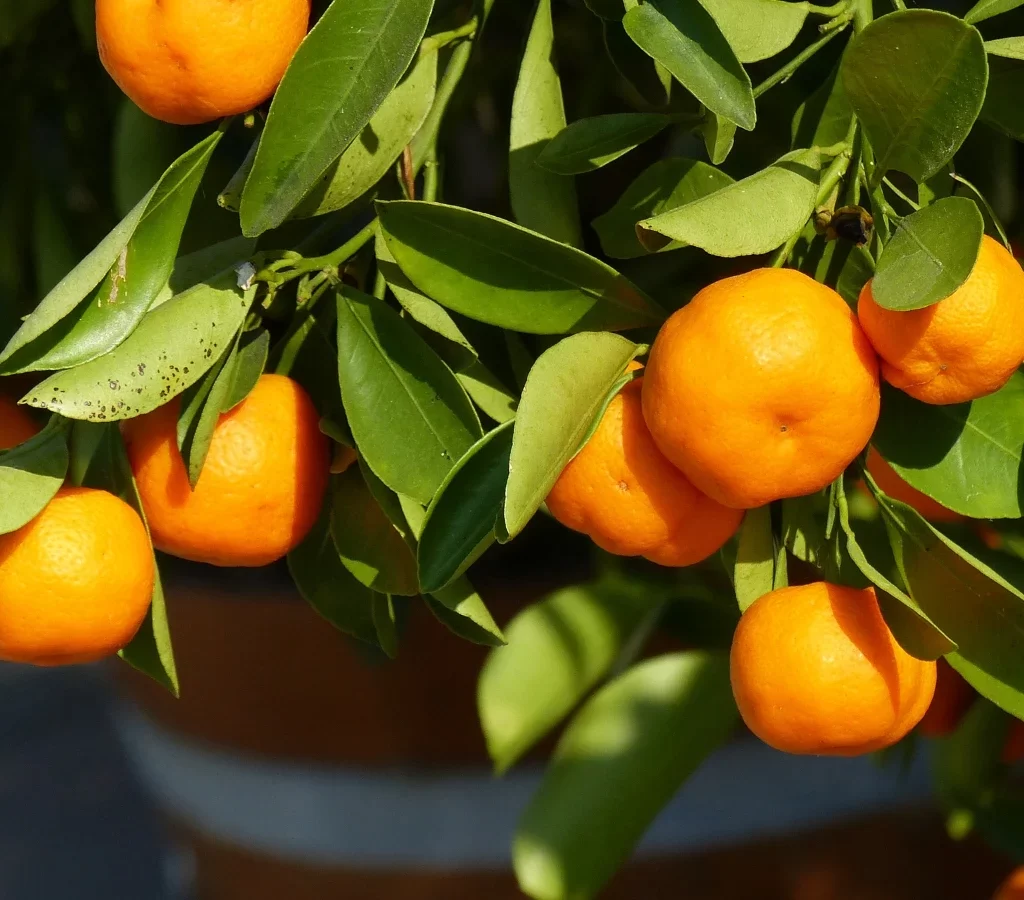
Planting Clementines in a Patio Pot
Step-by-step guide:
- Fill the pot halfway with the soil mix.
- Remove the tree from its nursery pot, gently loosening the root ball.
- Place the tree in the center of the new pot, making sure the root crown sits 1-2 inches below the rim.
- Backfill with soil, firming gently around the base.
- Water deeply until water drains from the bottom holes.
- Add a layer of mulch (like shredded bark) around the top to help retain moisture, keeping it a few inches from the trunk.
Sunlight Requirements
Clementines need full sun to thrive and fruit well — at least 6-8 hours of direct sunlight per day.
Ideal locations:
- South or west-facing patios, decks, or balconies
- Near a reflective wall or fence for extra warmth
- Indoors by a sunny, south-facing window in colder months
If growing indoors during winter, consider using a grow light to supplement natural light.
Watering Your Clementine Tree
Clementines prefer consistent, moderate moisture — not too dry and not soggy.
Watering guidelines:
- Check soil moisture with your finger 2 inches deep.
- Water when the top 1-2 inches feel dry.
- Avoid letting the pot sit in standing water.
- Increase watering during hot, dry weather and reduce in cooler months.
Deep, infrequent watering encourages healthy, drought-resistant roots.
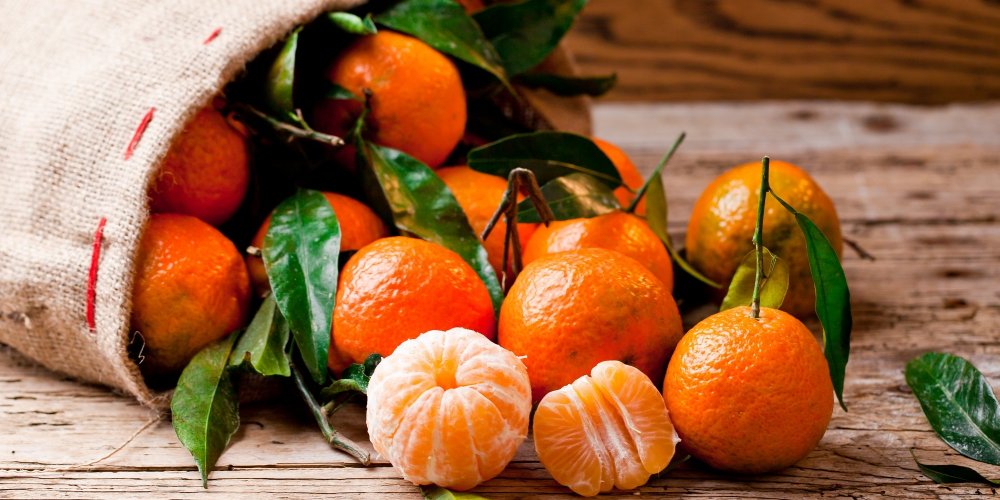
Fertilizing Clementines in a Pot
Potted citrus trees quickly use up nutrients and need regular feeding to stay healthy and productive.
Fertilizer tips:
- Use a citrus-specific fertilizer rich in nitrogen with balanced phosphorus and potassium (like 6-4-6).
- Apply from early spring through late summer.
- Feed every 4-6 weeks following label directions.
- Reduce or stop fertilizing in fall and winter when growth slows.
Optional: Add trace minerals like magnesium, iron, and zinc through liquid foliar feeds for extra vigor.
Pruning and Shaping
Pruning keeps your patio clementine tree compact, promotes airflow, and encourages more fruit production.
Pruning tips:
- Trim back any leggy, crossing, or inward-growing branches.
- Remove dead, damaged, or diseased limbs as needed.
- In early spring, shape the canopy to encourage a balanced, open structure.
- Pinch off new growth tips to promote bushier growth if desired.
Avoid over-pruning, as heavy cuts can reduce fruit production for the season.
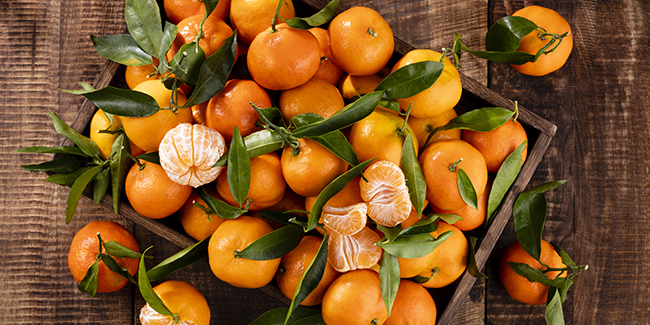
Protecting from Cold Weather
Clementines are cold-sensitive and should be protected when temperatures drop below 40°F (4°C).
Cold weather tips:
- Move the pot indoors or into a greenhouse if possible.
- Cover the tree with frost cloth on chilly nights.
- Cluster potted plants together for added warmth.
- Reduce watering slightly in winter to prevent root rot.
If moving indoors, place the pot near a bright, south-facing window and away from heating vents.
Common Pests and Problems
Even in patio pots, clementines can attract pests.
Watch for:
- Aphids (sticky leaves, curling new growth)
- Spider mites (fine webbing under leaves)
- Scale insects (small, brown, shell-like bumps on stems)
Control methods:
- Spray with neem oil or insecticidal soap.
- Rinse leaves with a gentle stream of water.
- Introduce beneficial insects like ladybugs outdoors.
Leaf yellowing is often a sign of overwatering or nutrient deficiency. Adjust care accordingly.
Harvesting Clementines
Clementines typically ripen from late fall to early winter, though timing can vary by variety and climate.
Harvesting tips:
- Fruit turns a rich orange color when ripe.
- Taste one to check sweetness before harvesting.
- Clip fruits off with pruning shears, leaving a short stem attached.
- Ripe clementines stay fresh on the tree for several weeks.
Expect your potted clementine to begin fruiting 2-3 years after planting, depending on its size and care.
Final Thoughts
Growing clementines in a patio pot is a rewarding way to enjoy fresh, homegrown citrus even in limited outdoor spaces. With their manageable size, delightful fragrance, and delicious fruit, clementine trees add charm and productivity to patios, balconies, and sunrooms alike.
By choosing the right variety, using quality soil and containers, and following simple care practices, you can look forward to harvesting your own sun-ripened, seedless clementines year after year. So why not add a splash of Mediterranean sunshine to your home garden today?

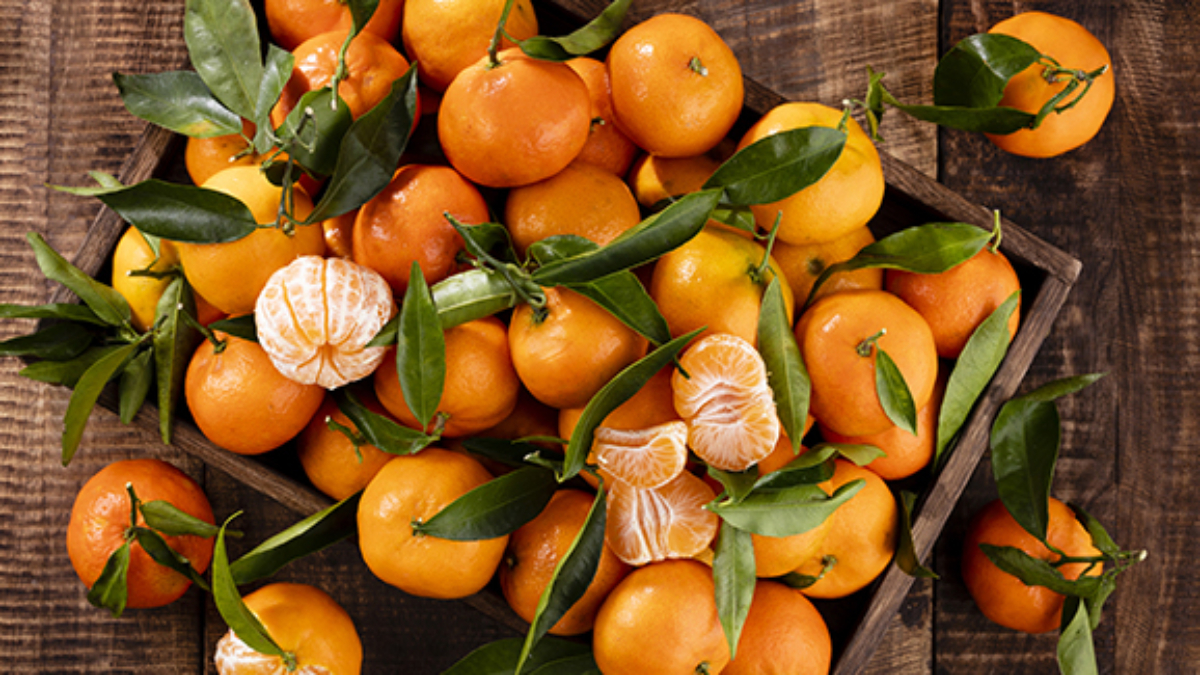
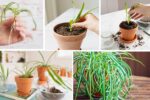


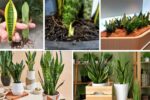
Leave A Comment